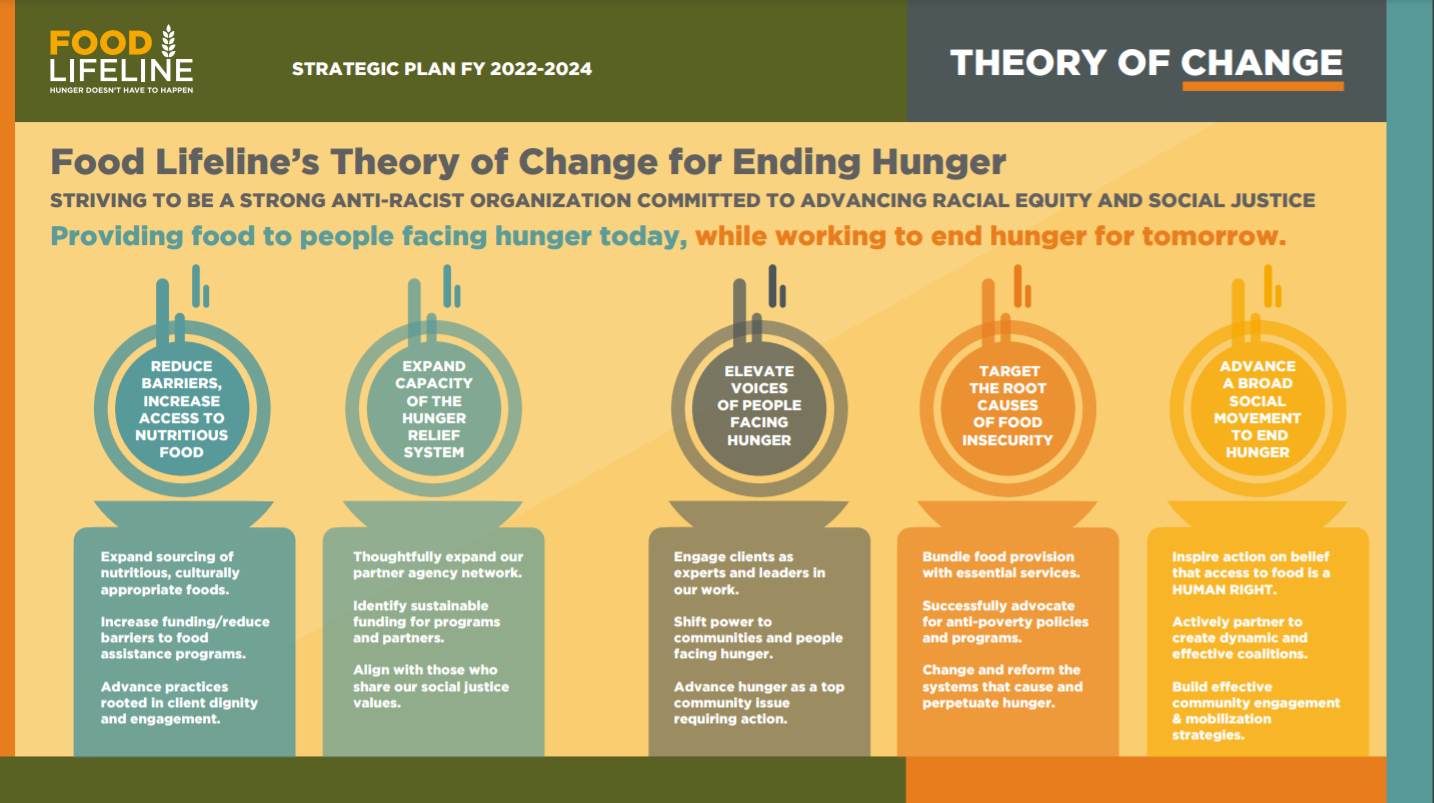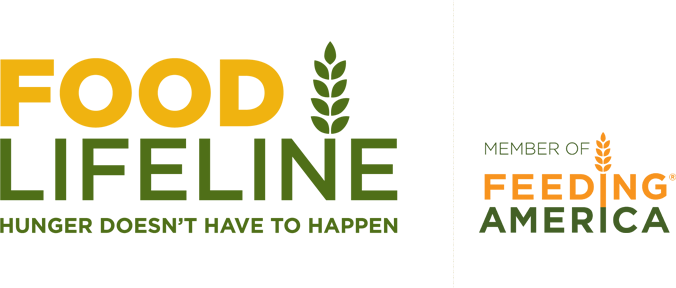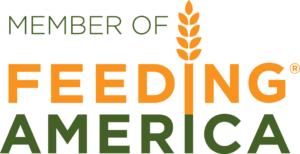Here's how Food Lifeline is solving hunger today.
Food Lifeline sources surplus food from farmers, manufacturers, grocery stores, and restaurants.
At the Hunger Solution Center, thousands of volunteers help sort and repack this food, preparing it for pickup and delivery.
Food Lifeline provides this food to 350 food banks, shelters, and meal programs across Western Washington.
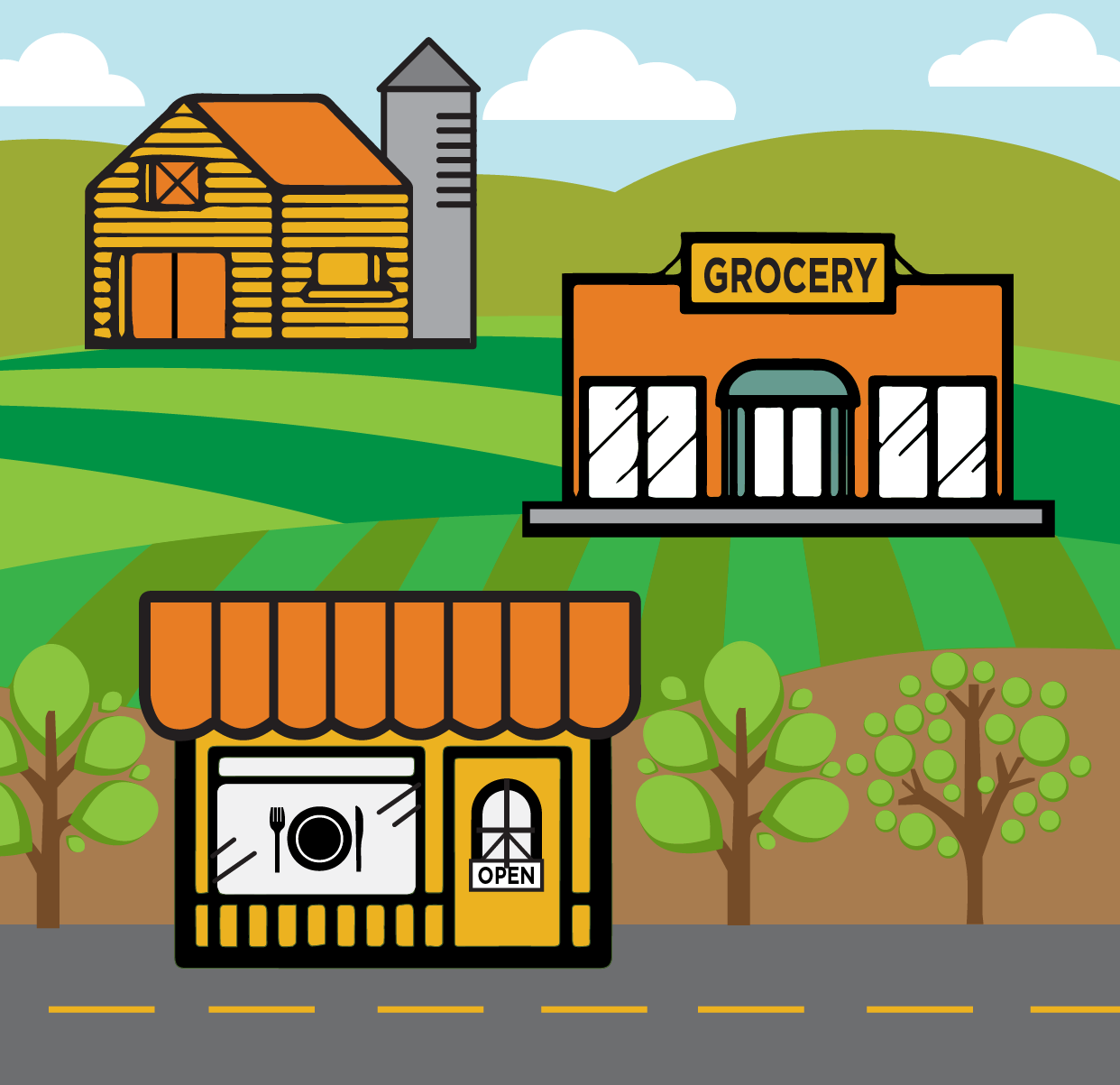
Food Lifeline sources surplus food from farmers, manufacturers, grocery stores, and restaurants.

At the Hunger Solution Center, thousands of volunteers help sort and repack this food, preparing it for pickup and delivery.
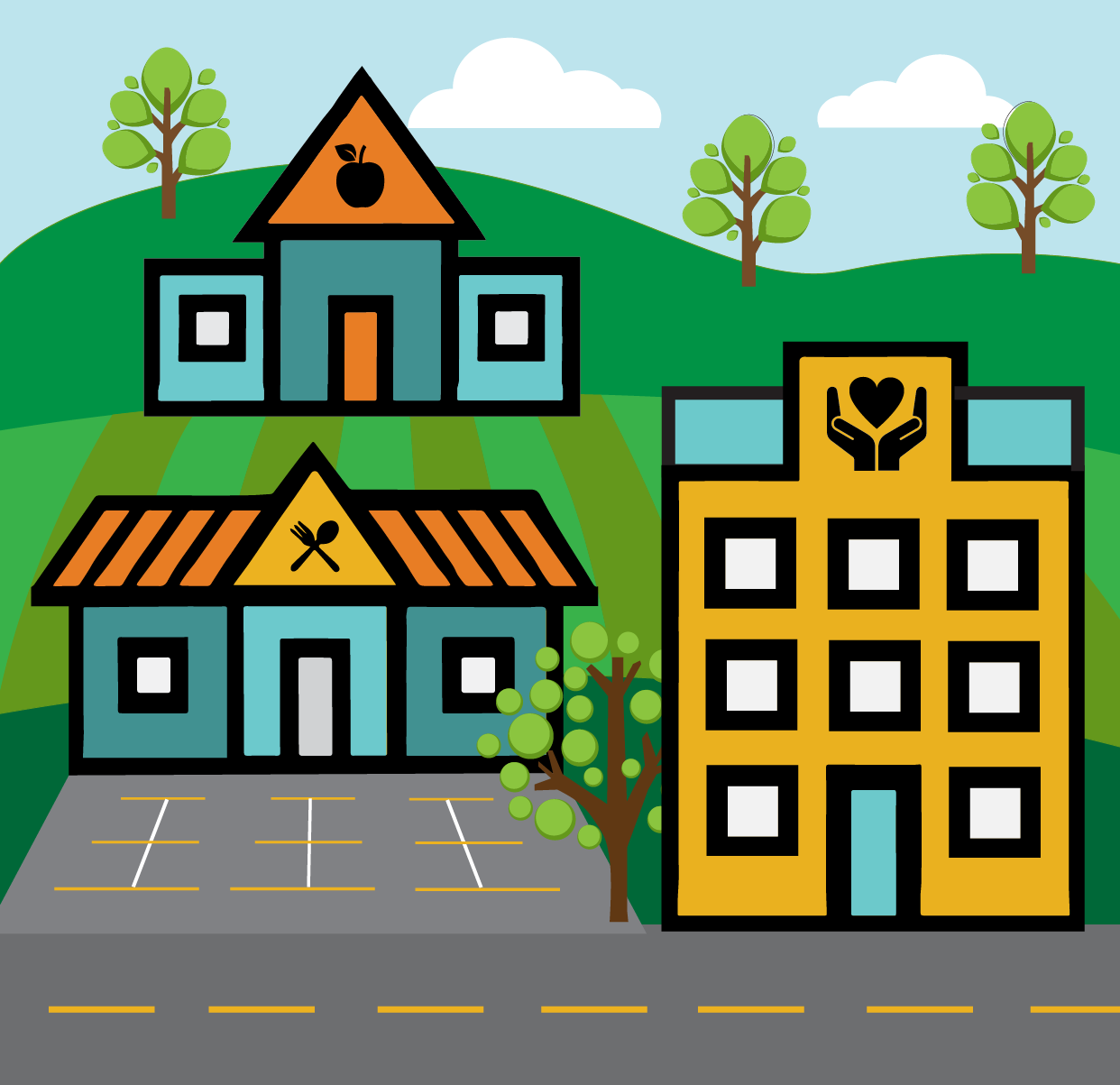
Food Lifeline provides this food to more than 400 food access locations across Western Washington.
233,457
meals per day of distribution through Fiscal Year 2023
72,838,554
pounds of food distributed through Fiscal Year 2023
46,557
volunteer hours donated through Fiscal Year 2023
Our Mission
Feeding people facing hunger today and working to end hunger for tomorrow.
Play Video
Solving hunger for tomorrow
